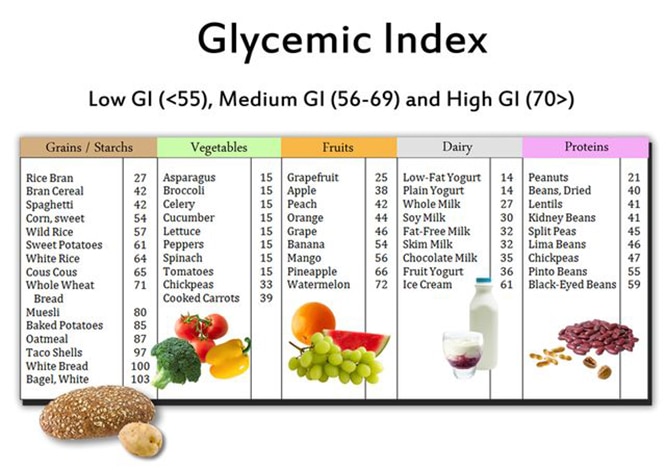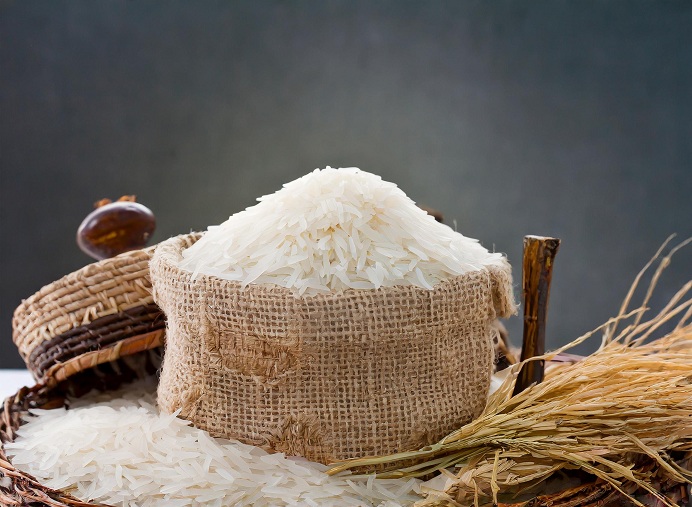Basmati GI index, Understanding Basmati Rice and Glycemic Index for Blood Sugar Management
Have you ever wondered about the nutritional impact of your rice choices? White basmati, a popular variety known for its distinct aroma and long grains, is often a staple in many households. One key factor to consider in evaluating its health implications is the GI index of basmati rice. The Glycemic Index (GI) measures how quickly carbohydrates in a particular food raise blood sugar levels. For those who prioritize managing their blood sugar, understanding the Basmati GI index can be crucial.
So, what exactly is the GI index of Basmati rice? This essential piece of information is indicative of how rapidly the carbohydrates in Basmati rice are converted into glucose. Generally, foods with a lower GI are considered to have a milder impact on blood sugar levels. For individuals seeking to control their carbohydrate intake or manage conditions like diabetes, choosing foods with a lower GI is often recommended. When it comes to white Basmati, the GI index is relatively moderate compared to other rice varieties, making it a favorable option for those mindful of their glycemic response.
Being mindful of the GI index of Basmati rice, especially the white variety, allows individuals to make informed dietary choices. Incorporating such considerations into meal planning can contribute to better blood sugar management and overall health. So, next time you reach for that fragrant plate of white Basmati, you can do so with knowledge of its Basmati GI index and its potential impact on your well-being.
What is the GI index of basmati rice?
When it comes to managing blood sugar levels, understanding the glycemic index (GI) of foods is crucial. Basmati rice, a popular grain, exhibits a variable GI influenced by factors such as rice type, cooking methods, and processing.
In general, basmati rice tends to have a lower GI compared to many other rice varieties, ranging from 50 to 58. This places it in the low to medium range on the glycemic index scale, making it a favorable choice for those seeking to avoid blood sugar spikes.
Factors Influencing Basmati Rice GI:
- Type of Basmati Rice:
- Brown basmati rice typically boasts a lower GI than its white counterpart. The milling process that produces white rice removes the bran and germ, which contain fiber. This fiber slows down glucose absorption into the bloodstream, contributing to a lower GI.
- Cooking Method:
- The duration of cooking can impact the GI of basmati rice. Longer cooking times allow starches to break down into glucose more extensively, potentially increasing the GI.
- Processing:
- Processed varieties, like instant basmati rice, may have a higher GI compared to unprocessed options. Processing can break down starches, making them easier to digest and absorb.
While the GI is a valuable indicator, it’s essential to consider other factors like protein and fiber content in food. Individual responses to different foods vary, making the GI only one aspect of blood sugar management.

Comparison with Other Rice Types:
- Basmati rice’s favorable GI becomes apparent when compared to alternatives. For instance, white rice has a GI of 73, while brown rice falls within a similar range as basmati at 50.
If you’re mindful of your blood sugar levels, consulting with your doctor is crucial. They can assist in creating a personalized, healthy eating plan tailored to your specific needs and preferences. Understanding the intricacies of basmati rice and its glycemic impact can be a valuable tool in your overall blood sugar management strategy.


Hello, you’ve done a fantastic job. I’m sure my friends will find it helpful, so I’ll check it out and tell them about it.